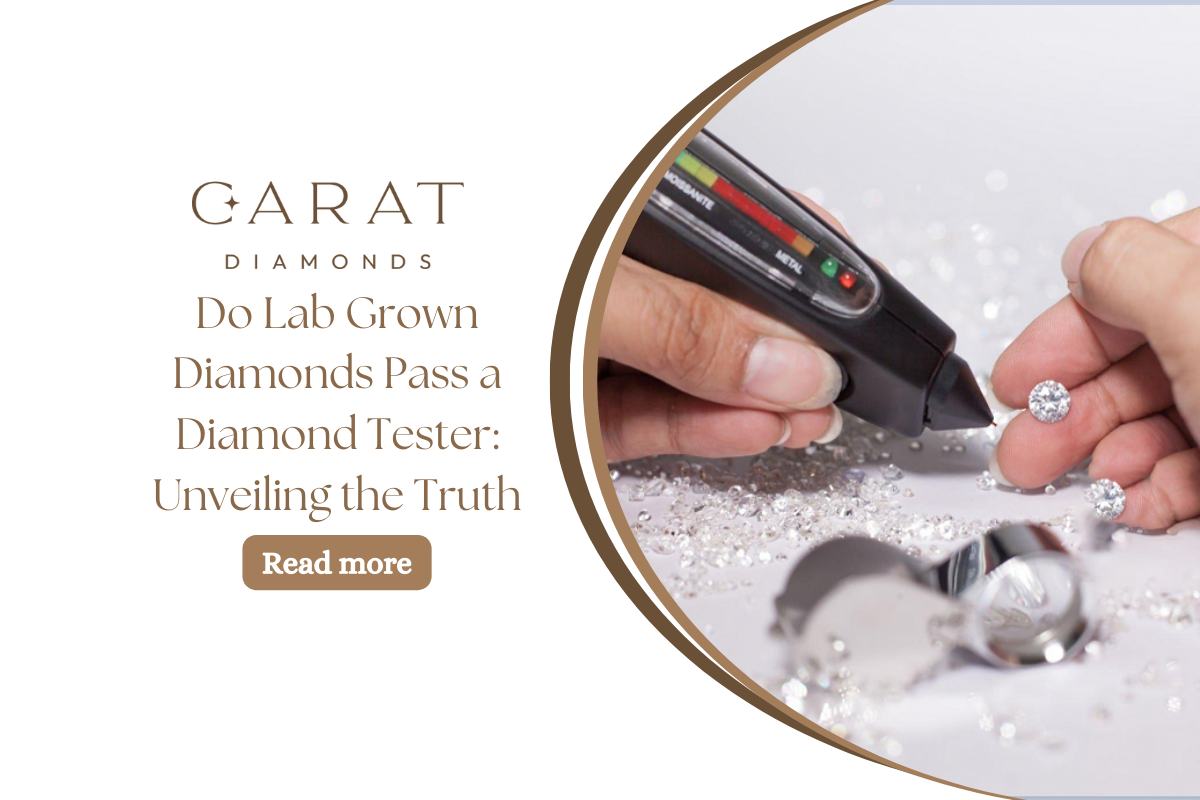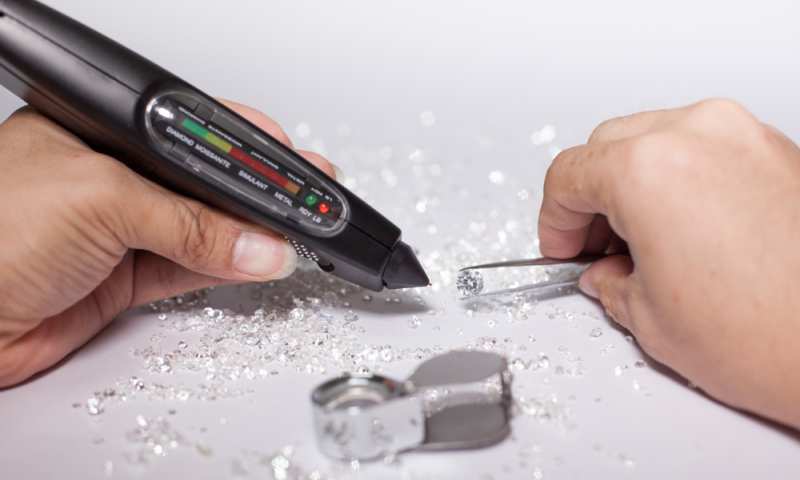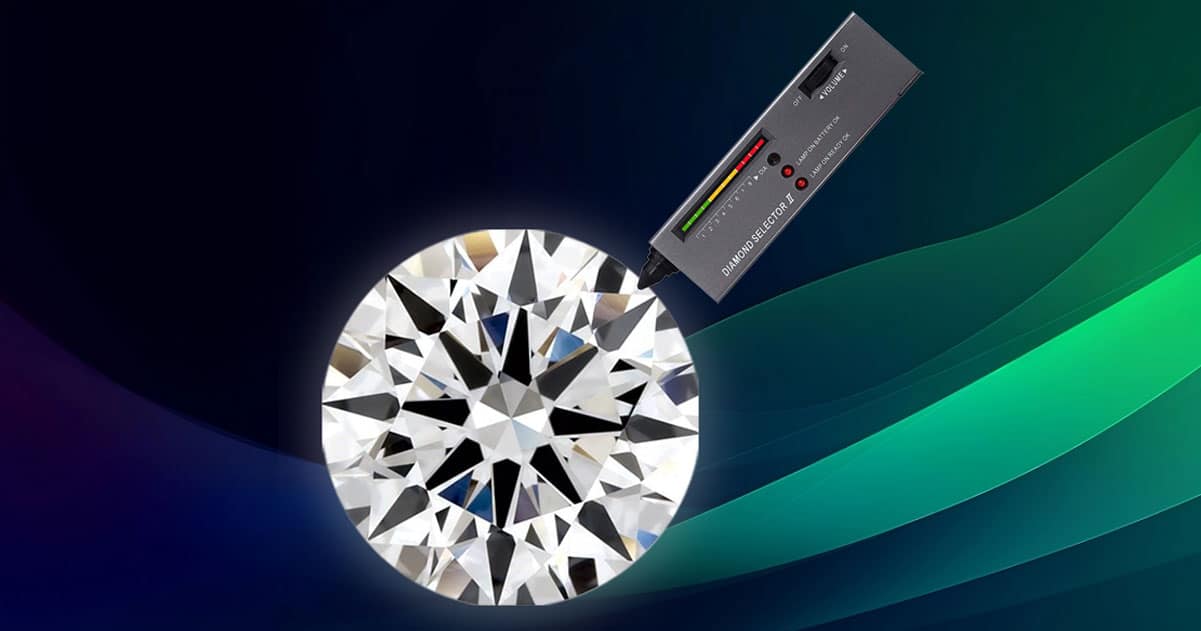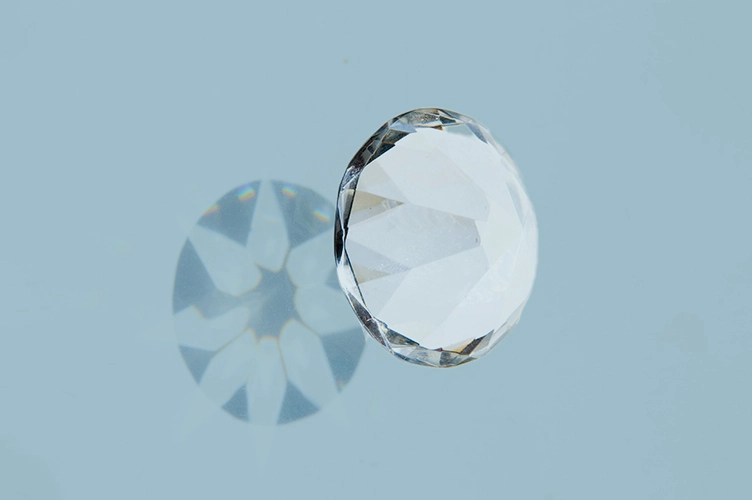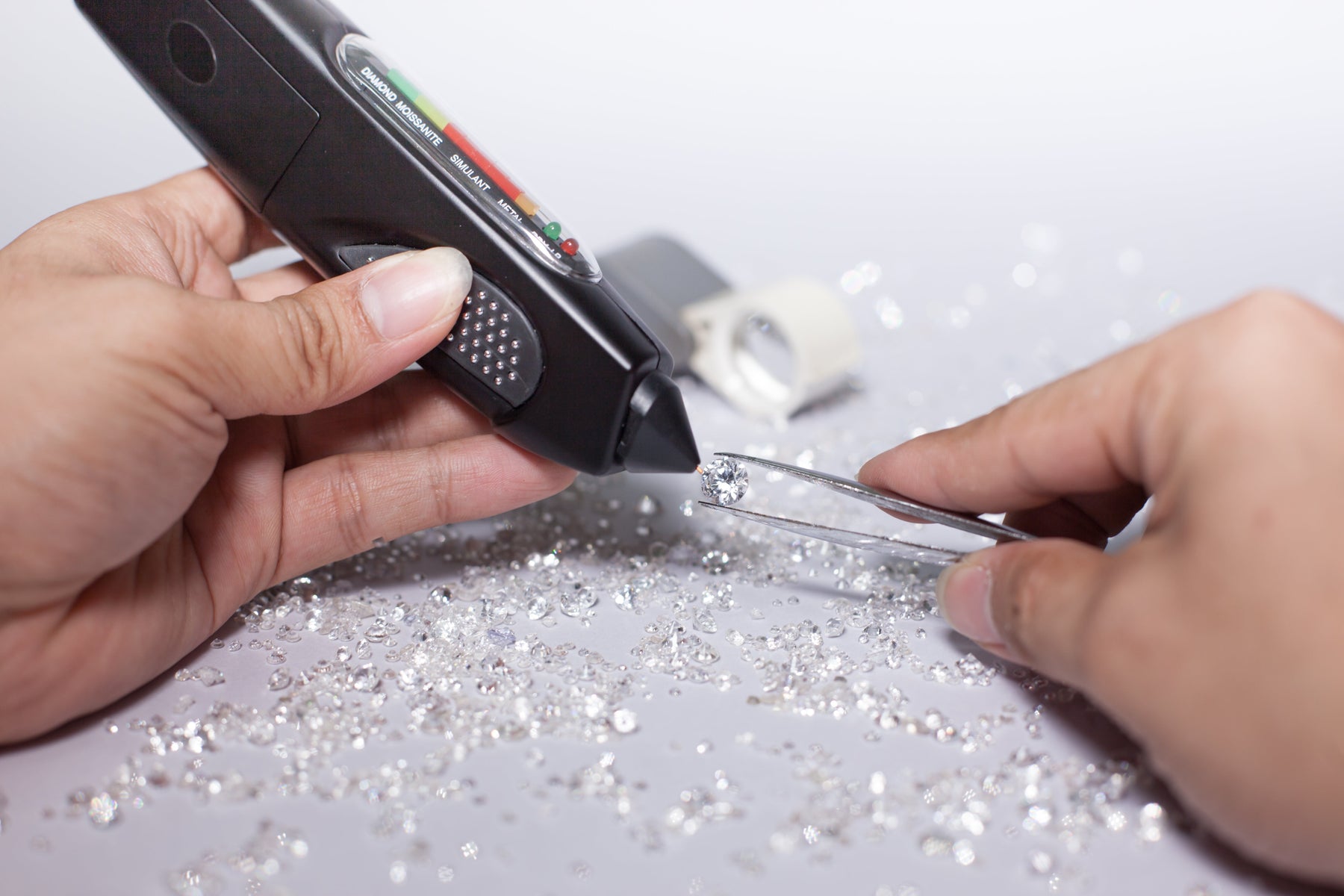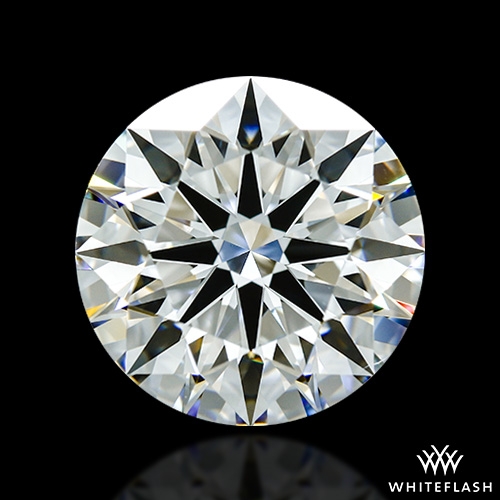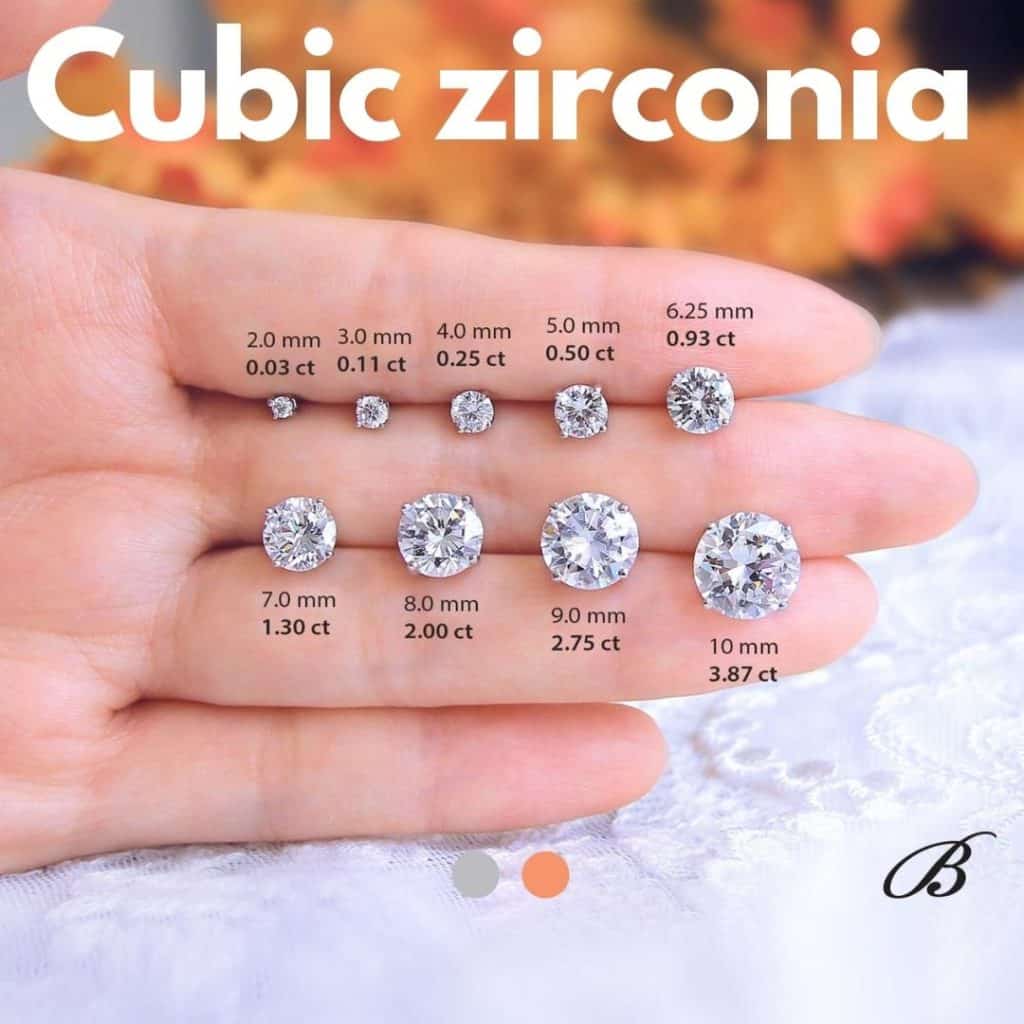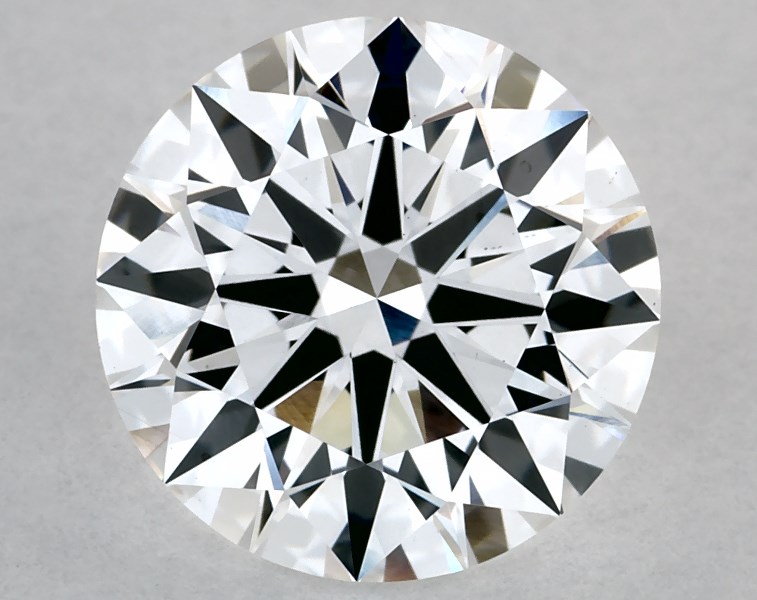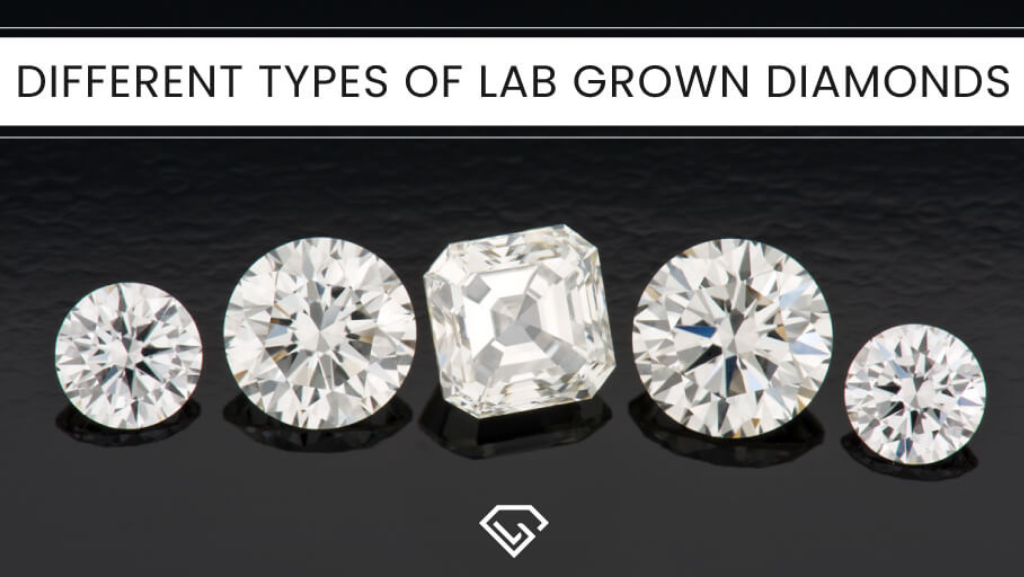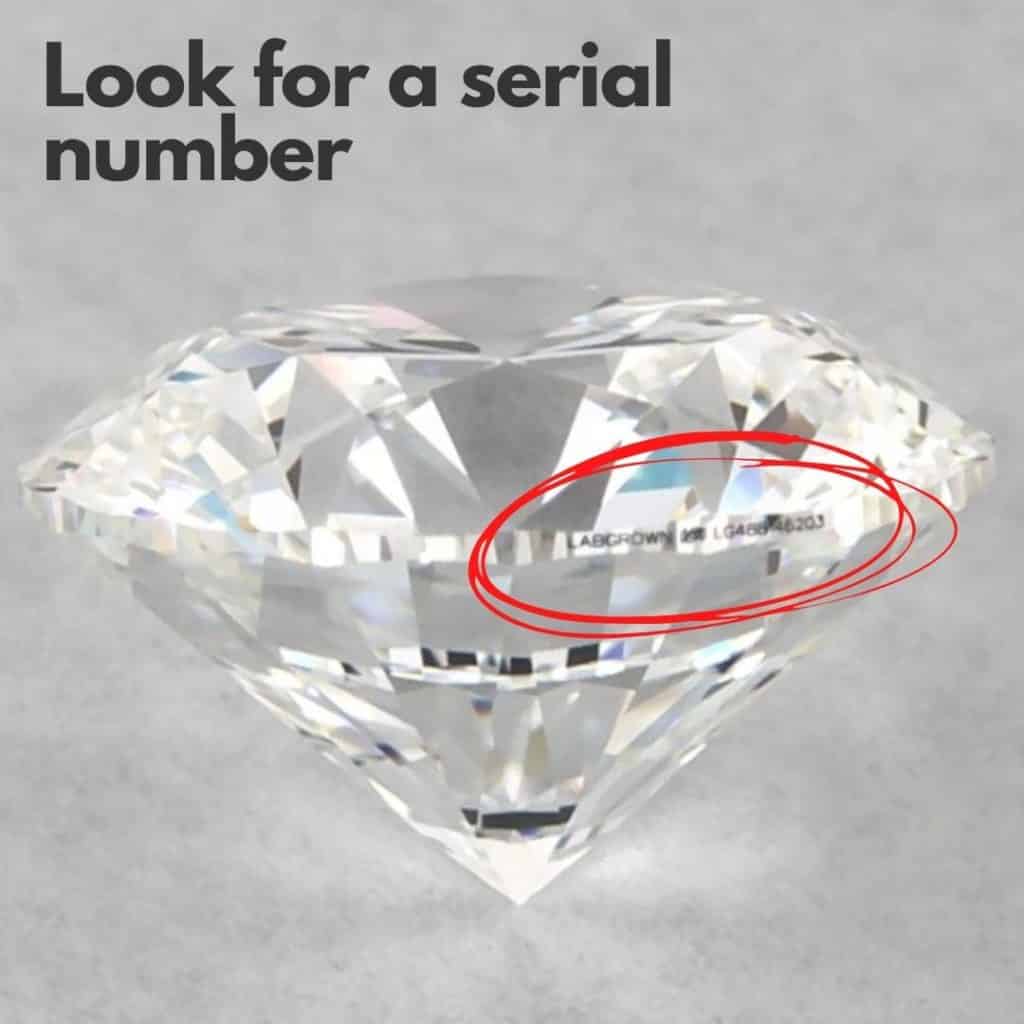Will Lab Created Diamonds Pass A Diamond Tester
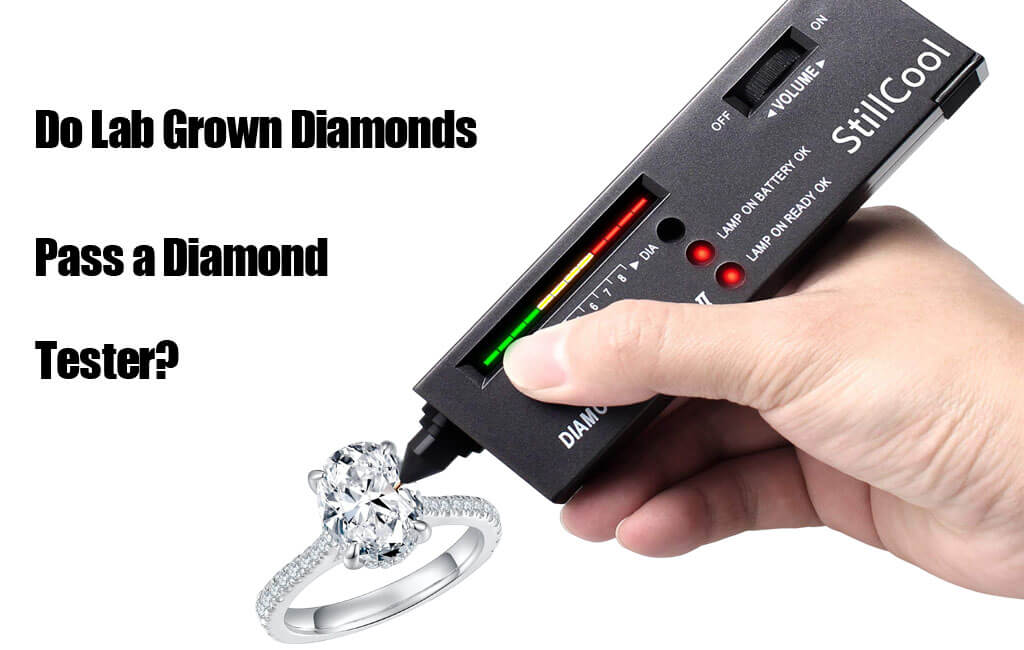
Panic is rippling through the diamond industry. Lab-created diamonds are now so sophisticated, they're consistently fooling standard diamond testers.
The rise of undetectable lab-grown diamonds threatens the natural diamond market's integrity. This breakthrough raises critical questions about consumer trust and the effectiveness of current detection methods.
The Crisis: Testers Failing
Jewelers across the globe are reporting alarming inconsistencies. Traditional diamond testers, relying on thermal conductivity, are unable to reliably differentiate between mined and lab-grown diamonds.
"We've seen a significant increase in lab-grown stones slipping through," confessed David Fischer, a gemologist at a prominent New York auction house. He stated this during an interview with a leading gemological journal last week. This quote has sent shockwaves throughout the gemological community.
The Gemological Institute of America (GIA), the leading authority on diamond grading, acknowledges the issue. They confirmed increased complexity in differentiating stones.
The Technology Gap
The problem lies in the advancements in Chemical Vapor Deposition (CVD) and High Pressure/High Temperature (HPHT) synthesis. These sophisticated processes produce lab-grown diamonds with virtually identical physical and chemical properties to natural diamonds.
Standard testers measure thermal conductivity, a property almost identical in both types of diamonds. This makes differentiation exceedingly difficult, often impossible, with older equipment.
More advanced testing requires specialized equipment. Spectroscopic analysis, which identifies subtle differences in trace elements and crystal structure, is necessary.
Consumer Impact and Deception
The implications for consumers are significant. Unscrupulous dealers could potentially pass off lab-grown diamonds as natural, commanding a higher price.
"It's a real risk," warned Sarah Miller, a consumer advocate specializing in the jewelry industry. Miller suggests consumers to only buy from reputable sources with transparent disclosure practices.
The Federal Trade Commission (FTC) has issued warnings regarding deceptive marketing practices. The FTC emphasizes the importance of clear and conspicuous disclosure of a diamond's origin.
Where and When? Global Concerns
This issue is not localized. Reports of failed tests are surfacing in major diamond trading centers including Antwerp, Mumbai, and New York.
The rise in undetectable lab-grown diamonds started accelerating within the past 12-18 months. This coincides with advancements in CVD and HPHT technologies, according to industry analysts.
The timeline is critical. Jewelers need to update their equipment and practices immediately to mitigate the risks.
The Response: Upgrading and Training
The GIA and other leading gemological laboratories are urging jewelers to upgrade their testing equipment. Spectrometers and other advanced analytical tools are now essential.
Training is also crucial. Jewelers and appraisers need to be educated on identifying the subtle indicators that differentiate lab-grown diamonds.
"Continuous education is key," states GIA's Chief Research Officer, Dr. Wuyi Wang, in a recent press release. He said, that jewellers need to stay up-to-date on the latest detection methods.
The Path Forward
The diamond industry faces an urgent challenge. The ability of lab-grown diamonds to evade standard testing demands immediate action.
Expect increased scrutiny and regulation in the diamond market. The FTC is likely to increase its enforcement efforts against deceptive practices.
Consumers should demand transparency. Request detailed documentation and certifications from reputable sources to ensure they are getting what they pay for.

